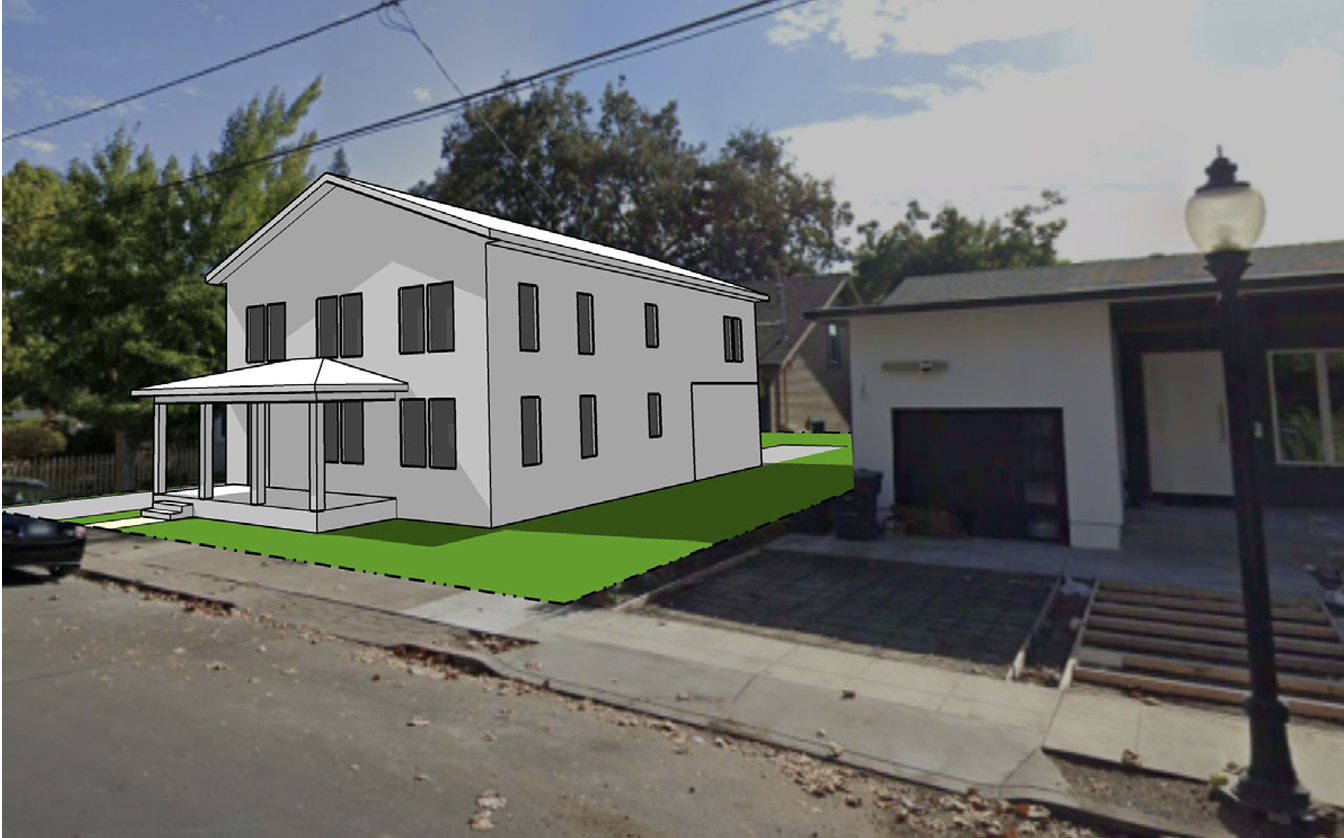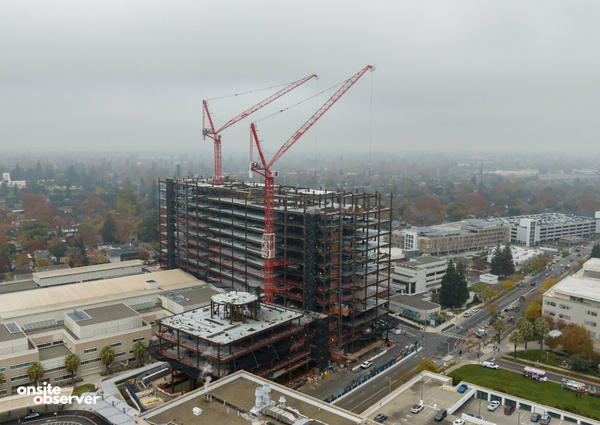Sacramento embraces Missing Middle Housing to alleviate crisis.

Facing a growing housing crisis marked by soaring prices and limited options, Sacramento is set to implement a new initiative aimed at expanding affordable and diverse housing across the city. Approved earlier this month and taking effect on October 17, the Missing Middle Housing (MMH) Interim Ordinance allows for the development of multi-unit properties in neighborhoods previously zoned exclusively for single-family homes.
"Missing Middle Housing" refers to residential buildings like duplexes, triplexes, fourplexes, and cottage courts—house-scale structures containing multiple units. Historically common in U.S. neighborhoods, these housing types have dwindled due to zoning laws favoring single-family homes. Sacramento's initiative seeks to reintroduce these medium-density options to increase affordability and diversity.
Under the new rules, there is no limit on the maximum number of units that can be developed on a parcel. Instead, the ordinance uses Floor Area Ratio (FAR) to regulate the intensity of development. FAR refers to the ratio of a building’s total floor area to the size of the lot, allowing developers flexibility to build more units while still controlling the overall bulk and mass of the structure.
According to the MMH Informational Report, over 66% of Sacramento's housing stock consists of single-family homes, contributing to rising prices and limited options for middle-income families. The new ordinance addresses this imbalance by promoting multi-unit developments on smaller lots in areas previously restricted to single-family zoning.
Key features of the ordinance include reduced minimum lot sizes, now as low as 1,200 square feet, allowing developers to build on smaller parcels. The ordinance also includes bulk control measures, which regulate the overall size and shape of buildings, ensuring that new developments fit within the character of existing neighborhoods. Buildings are required to incorporate design elements like dormer windows, slanted roofs, and street-facing entrances to maintain architectural harmony.
Another important aspect of the ordinance is its alignment with Senate Bill 9 (SB9), a state law that allows duplexes on single-family lots. However, Sacramento’s local regulations go a step further by imposing stricter design standards to ensure new developments blend into the urban fabric.
While the ordinance opens up new opportunities for development, there are concerns about potential increases in construction costs. Some fear that developers may pass these costs on to renters and buyers, limiting the affordability benefits the ordinance aims to provide. Bulk control measures and design requirements, while necessary for maintaining neighborhood character, could also pose challenges for small-scale builders.
The city plans to monitor the ordinance's impact over the next year, gathering data on how effectively it improves housing affordability and adjusts regulations as necessary.





